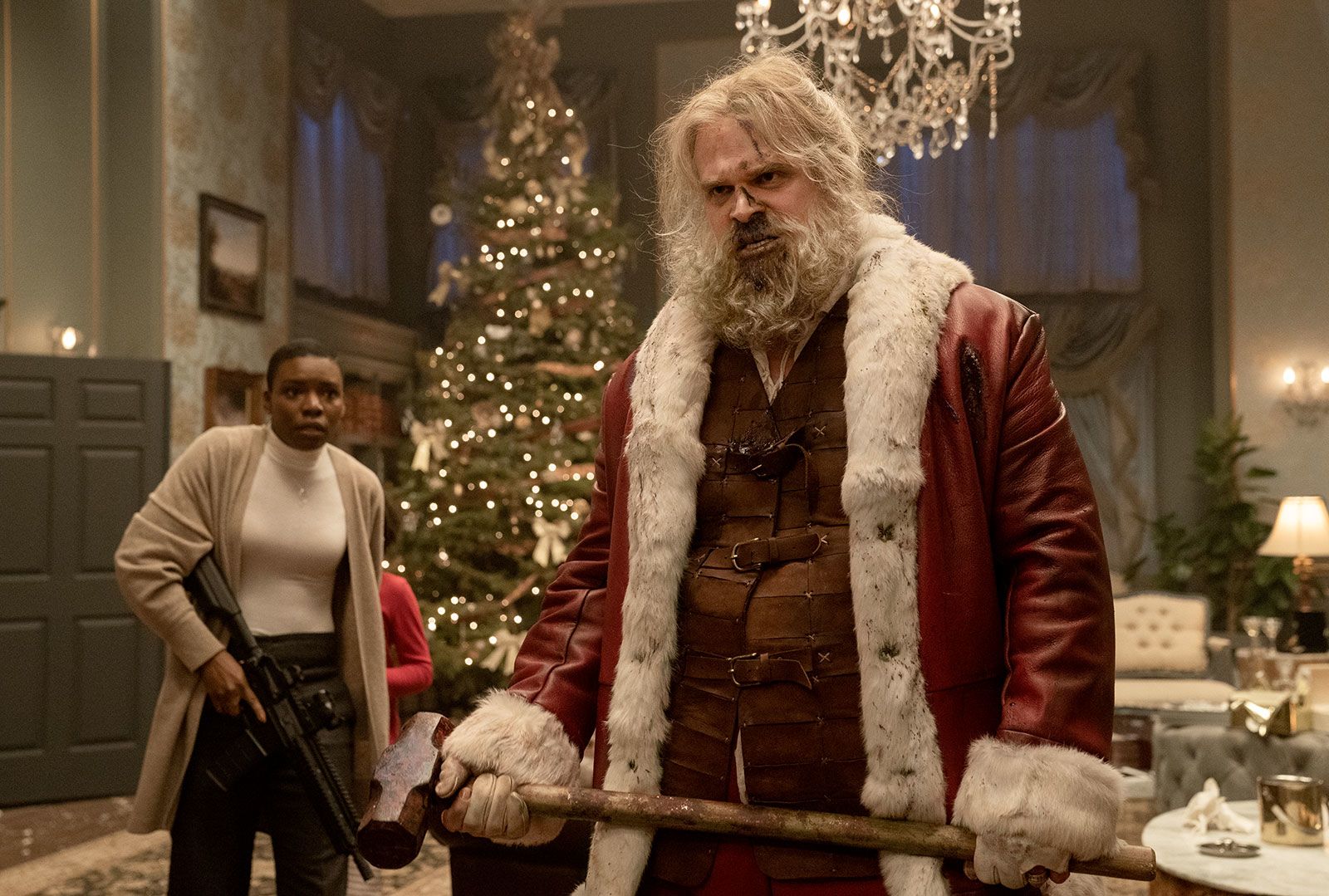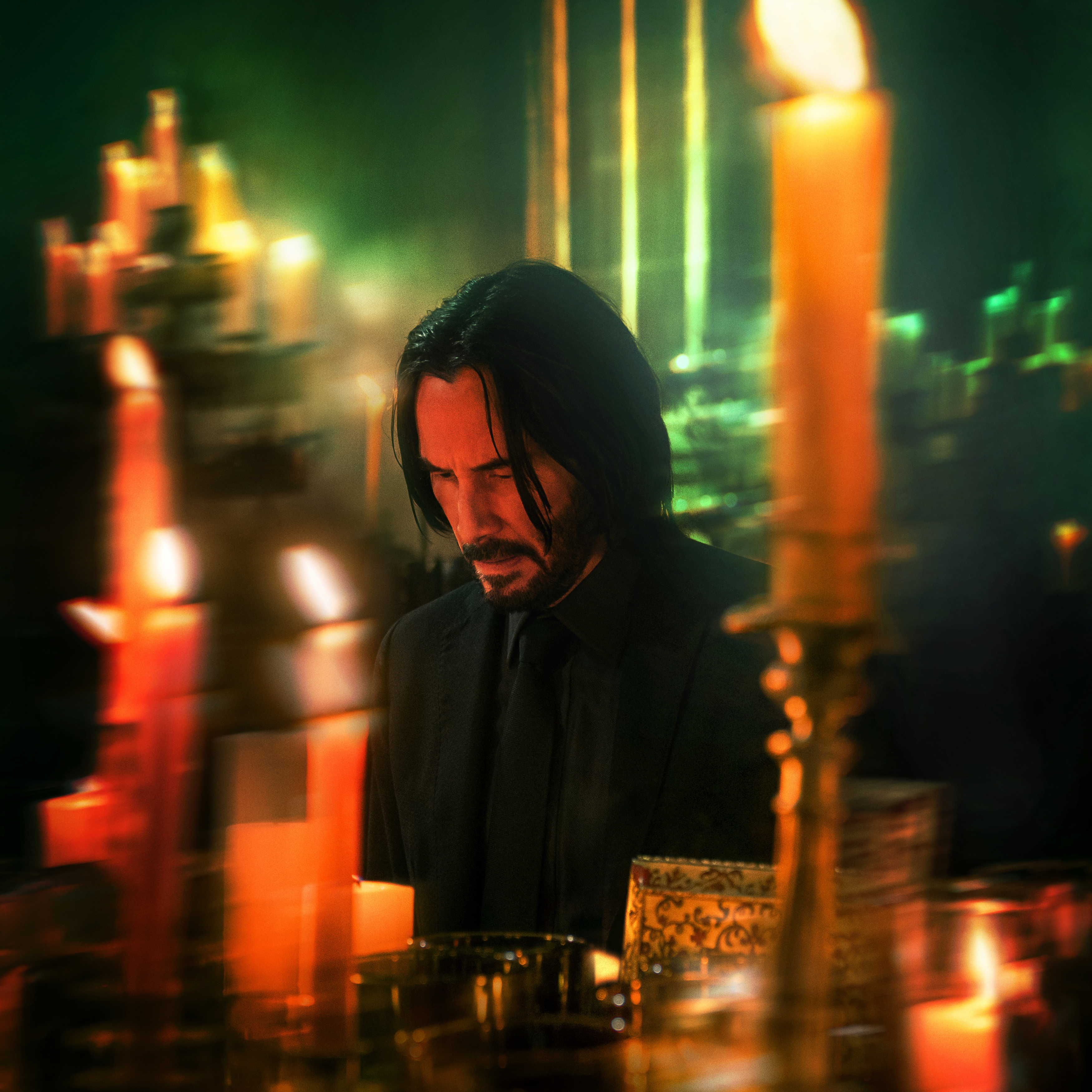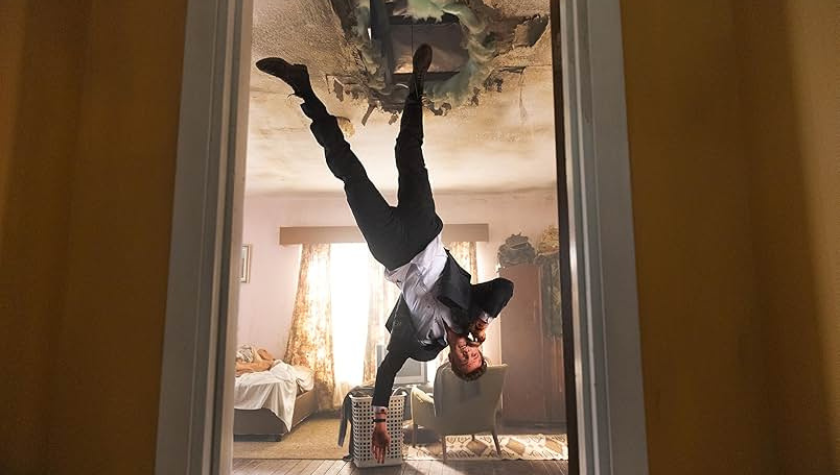5 Screenwriting Takeaways: ‘Nobody’ Turns Odenkirk Into An Action Star
April 9, 2021
He’s a nobody, in many respects. He comes across as a quiet pushover who lives his suburban life. He can’t seem to get the trash to the end of the driveway in time, sleeps with a large pillow between him and his wife, and works at his father-in-law’s company taking crap from his brother-in-law.
But Hutch Mansell (Bob Odenkirk) is a “Nobody” who spent his former life as a government assassin with a unique set of skills in completing missions, until he buried that aggressiveness in favor of a more sedate life to build a family.
Nobody, from John Wick writer Derek Kolstad, boasts many parallels to the Keanu Reeves films and brings another compelling character to the screen who knows how to kick some ass.
Here are five things screenwriters can take away from Nobody.
1. Another older guy and vengeance movie
Liam Neeson notably gave rise to this trope with Taken, as a father with a special set of skills who is determined to get his kidnapped daughter back. Since its release in 2008, it feels like this film has been done over and over again.
Even Kolstad created his own version with John Wick, before writing Nobody. Obviously, this is a popular genre and for good reason, as it tends to make money at the box office. So, how do you make it unique?
Part of it depends on the casting. Neeson, like Odenkirk, weren't seen as action stars before Taken and Nobody.
But it's the screenwriter's job to find what’s important to the character and what the (unique) inciting incident is that sets them off. John Wick’s catalyst was a group of people who stole his car and killed his dog. Hutch’s catalyst is a simmering anger finally pushed into action when he discovers that the couple who robbed his house might have taken his dear daughter’s kitty cat bracelet.
These small but human factors can help make a screenwriter’s action film unique.
2. Start at the end
The movie starts with Hutch sitting at a table. He’s handcuffed with two police officers sitting opposite him. He looks beat up, but in control. Then, he lights a cigarette, pulls out a can of tuna, and produces a kitten from his jacket. They want to know what happened and, with that, we’re thrust into the film and witness to something completely different.
We suddenly see Hutch’s mundane life in a series of Monday-through-Friday scenarios. It builds the audience's curiosity of how this character goes from suburban life, working a desk job and making his kids breakfast, to the beat-up badass sitting in a police station.
Screenwriters can use this contrast to show the character arc, but also consider ways to write their characters more dynamically. We know, at least from the trailers, that Hutch is a trained fighter who knows how to fight and use weapons. Now, what is the opposite of that character? And why would they choose that life?
In a recent interview, Kolstad discusses how this quick set of scenes of the days of the week and daily, mundane tasks — initially eight pages — was shot. The editor cut it down to less than a minute, though. It’s an exercise for the screenwriter to see how one can quickly show, not tell, the backstory of the character.
3. Questioning masculinity in a masculine world
Hutch shows calm and submissiveness when his house is being robbed. He gives in to the thieves and simply wants them to take what they want and leave the house. As they are rushing out of the house, one of the robbers is attacked by Hutch’s teenage son. During the melee, Hutch grabs a golf club ready to pounce while their attention is taken away — but he doesn’t do anything.
Afterward, Hutch’s manhood is challenged by the police officer who takes his statement, by his neighbor, his brother-in-law, and by others. This plays on masculine stereotypes in a high-testosterone environment, making him seem like a father who can’t take care of his family and is therefore a failure.
Just like contrasting his mundane life with the fighter he becomes, screenwriters can see in their action films how they can make the hero an everyman. Another great example is John McClane in Die Hard, who shows up on Christmas Eve with a giant teddy bear trying to get his wife back. In another movie, you could write the character in a dramatic role struggling with family problems – instead, he fights terrorists.
And just like Odenkirk, Bruce Willis was not considered an action star in 1988.
4. We want to see what he can do
From the beginning when we see Hutch bruised and beaten, then follow his journey through his routine life and failure to stop the robbery, the pot is boiling as people close to him look on with disappointment. Then his daughter asks where her kitty cat bracelet is and Hutch believes the thieves stole it. This is the final straw, but we don’t quite see violence yet.
He gets guns. His search leads him to a tattoo parlor where he scares some pretty scary guys. He moves with more intent and purpose.
By the time he gets into his fight on the bus — the one we see in the trailer — we’re excited to see what he can do. So often we see large action set pieces at the beginning of a movie to draw the viewer in, but a slow burn build-up can engage the audience in a more impactful way.
5. Make it fun
This movie is what it is. You’re supposed to cheer for the good guy, enjoy the clever one-liners, and, of course, the over-the-top action sequences. This movie was made to be fun.
It is what it is.
Screenwriters can take a movie like Nobody and see what devices and tropes the writers use to make the experience an enjoyable ride. Whether it’s a few unexpected turns from Hutch’s father, played by Christopher Lloyd, comedic voiceover remarks, or elaborate Home Alone-ish ways the lead character manages to escape inescapable situations, this movie was designed to be a good time.
Nobody is playing in theaters now and available on-demand April 16th.
Written by: Steven Hartman
Steven Hartman is an award-winning, optioned screenwriter. He was a Top 5 Finalist in Big Break’s Historical Category in 2019 and won Best Action/Adventure in Script Summit’s Screenplay Competition in 2021. He holds a Bachelor of Arts degree from Columbia College and had internships at Jerry Bruckheimer Films and Village Roadshow Pictures. Steve is a full-time writer and creative video producer by day and a screenwriter and novelist by night.- Topics:
- Discussing TV & Film




